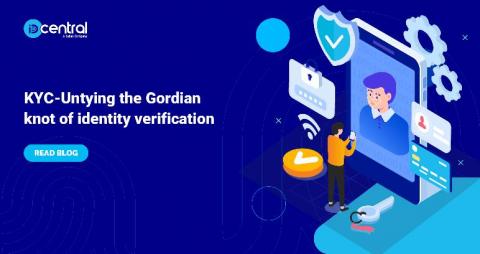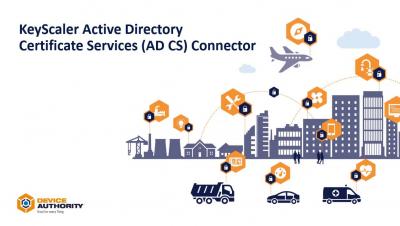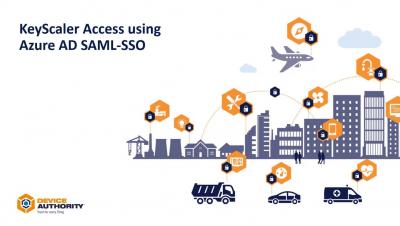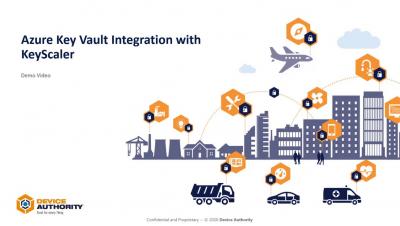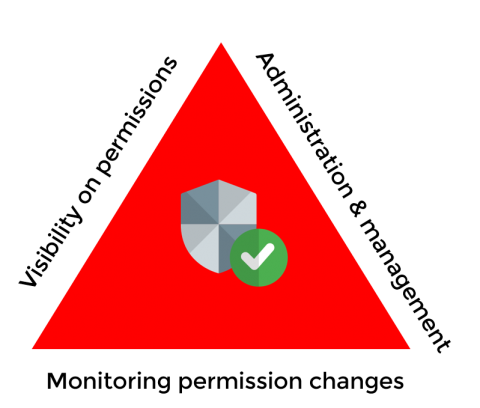KYC - Untying the gordian knot of identity verification
There is a common thread between academy-award winner, Leonardo Dicaprio and the indispensability of know-your-customer (KYC). For most of you Dicaprio fans out there, you would have guessed it by now, that connection is the blockbuster ‘Catch me if you can(2002)’[1]. Dicaprio portrays a master con artist, who some consider as the best of all-time, Frank Abegnale.


